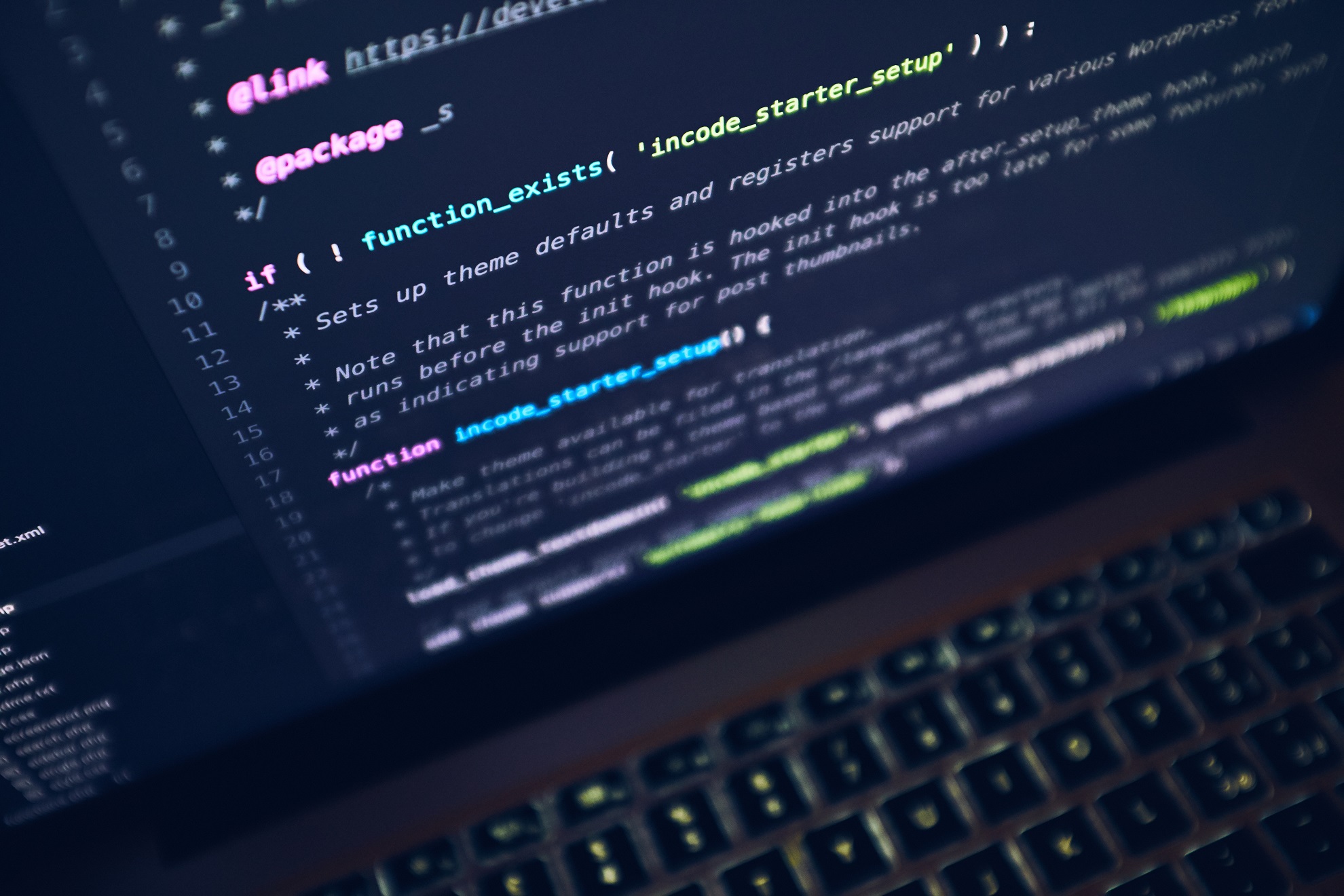Facebook (including Messenger) Instagram and WhatsApp were down yesterday for seven hours or more – right in the middle of the U.S. business day and the worst outage in Facebook’s 15-year history.
For those of us who advise clients to make greater use of social media for marketing and comms purposes, this poses some interesting questions. Here’s our hot take on the situation as it continues to unfold.
1. Was it really a big problem?
- A number of colleagues I spoke to about the outage hadn’t noticed – young, connected colleagues who make daily, hourly use of their mobile devices and grew up with social media as a natural element of life. This could tell us a few things: people aren’t as wedded to social media as we think – or these particular channels aren’t the ones people are really using.
- The second conclusion seems more apt – that the people I spoke to are users of, say, Snapchat and twitter. Save this thought for when we’re looking at what demographics our social content is intended for, or how to engage with Gen Y or Millennials. Perhaps these groups are far more varied and differentiated than we usually assume – it’s usually beneficial to challenge generalisations about large groups and their preferences.
- Of course, this could also be a reflection of the sample I’ve been polling: the outages happened at a time when most of Asia was asleep, minimising the impact in this region. The answers could have been different if colleagues in the UK and US had been asked. So the outage also serves to remind us that the world is round, and that while global markets are 24/7, people have downtime. There are optimal times as well as optimal channels to reach audiences – something we take into account every day when strategising for our clients, but worth re-examining occasionally to ensure our assumptions are still valid.
2. What was the impact?
The impact would be different according to the channel.
- Instagram, increasingly used for influencers to promote retail products and services, may well have been the most impactful outage for marketers. When you’ve planned and paid for an influencer campaign, your influencers’ inability to post and the influenceable to experience the posts is a critical setback. Rescheduling needs to happen, not only to make up for lost time, but also to ensure agreements are honoured and engagement opportunities are not lost.
- Facebook is often overlooked by B2B clients, but can be particularly good for SMEs, retail brands and public/social/charity organisations. As with Instagram, damage limitation would include rescheduling posts and staying on top of comments. And consider using the outage as an opportunity to ask questions of your followers: “did you miss us?” “Where did you go when Facebook was down?”
- Bear the outage in mind when it comes to looking at the metrics of your campaigns: it may not just explain poor performance during the period, but may also unearth a few useful insights about when and how to better reach the audiences you’re targeting.
- WhatsApp is less of a concern as a marketing tool than as a way of communicating with teams and clients. Its use in contexts such as among political parties would have been severely hampered yesterday. The app’s power to rapidly disseminate messages and rally support has been recognised and leveraged: India’s current election has been dubbed the WhatsApp Election; with critical Brexit votes under way in Westminster, MPs’ ability to use WhatsApp groups will have been sorely missed and would have added to the stress and confusion. Suddenly having no access to it would create an enormous hole in any real-time situation requiring rapid communication across groups.
- It’s arguable that if a platform like LinkedIn or Twitter which are often seen as offering more benefit for businesses – particularly those involved in content marketing – had been affected, we would be hearing more about it. Twitter has had some high-profile glitches in the past, and its users have been typically remorseless in commenting on it
3. What should we do when clients’ accounts are down?
- By the time you read this, it’s too late, but if we’re running any programmes for clients on these channels, we should have been in touch with them early to let them know we’re aware of the issue. If scheduled posts failed to go out, we should re-jig our schedules to include them. Some accounts could do with a dedicated post acknowledging the outage and reassuring customers that the issue was with the platform, not the client, and that service is unaffected. Facebook themselves turned to twitter to provide updates on the situation – proof of twitter’s utility as a crisis comms channel.
- It would be worth drafting up some holding posts for clients’ channels for future outages – including LinkedIn and Twitter in case either of these experiences an issue. Even better, this is an opportunity to drive traffic to less-used channels: have a look at the tags #facebookdown and #instagramdown on twitter to see how the twitterati are responding. In a more constructive way, consider tweeting ‘while other channels are down, we’re still here!’ for those clients using twitter for their campaigns.
- And then there are our tech clients, whose key concerns may be reflected in what’s happened. Those whose business model relies on big data, for example, could ask thought-provoking questions about the implications of the outage for the model and for larger data-security and data-ownership issues (a little like we’re doing now). I intend to include some ideas for discussion with a client whose financial inclusion business depends on analysing the data it gleans from users of its apps. The downtime is unlikely to have a long-term impact on its business, but as its services stress the importance of long-term, cumulative engagement with customers, this is a great opportunity to reiterate the benefits of this approach – and that short-term disruptions to service, while inconvenient, won’t derail the business or its commitment to its customers’ financial wellbeing.
4. What does this tell us about social media strategies?
- Apart from shining a light on who uses what platform and how they use them, this also highlights the risks of relying on a single channel for campaigns – or on channels owned by a single entity with shared background technology. The benefits of diversification are clear: repurposing your content over several channels will ensure your programme is less affected by unexpected outages.
5. What does it mean for Mark Zuckerberg?
- Perhaps the greatest ramifications of this latest snafu are the ones Facebook’s management will have to deal with in the coming weeks and months. Already under pressure for lax data security, inadequate responses to hate speech and unethical lobbying practices, Facebook may now have to face questions about their resiliency and whether the services they supply are in any way systemically important.
- It’s a stretch to suggest that Facebook and Instagram fall into this category – but WhatsApp’s use in business and politics make it central not only to routine communications, but to whole campaigns and time-critical activities. Management at social media companies have often been shown to be behind the curve when it comes to the implications of the technologies they promote, and it could be time to be asking whether growing dependence on internet-based comms networks is advisable, given this latest reminder of their vulnerability.
Jeremy Hughes is based in Cognito's Singapore office

